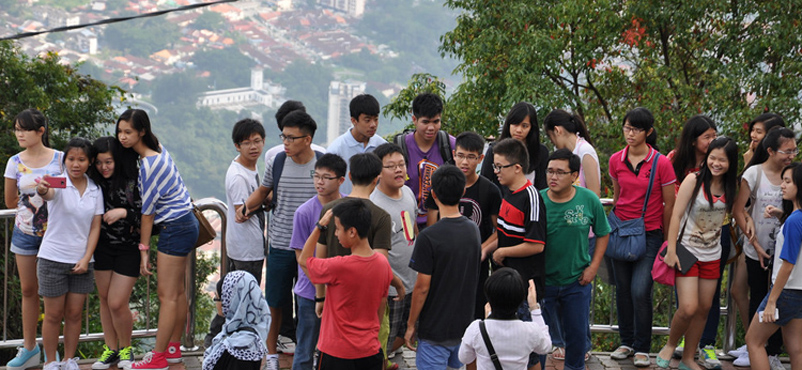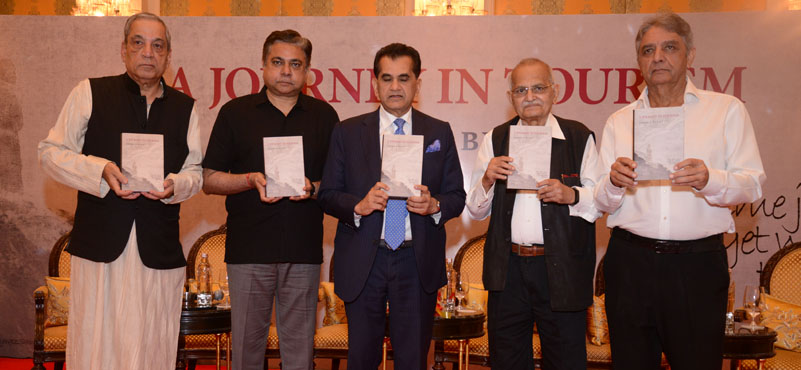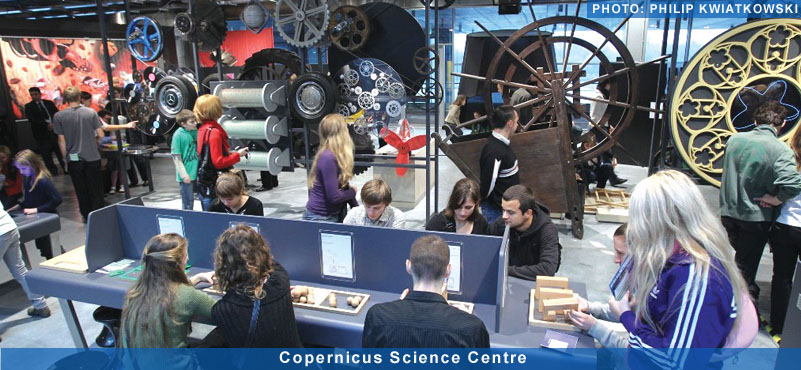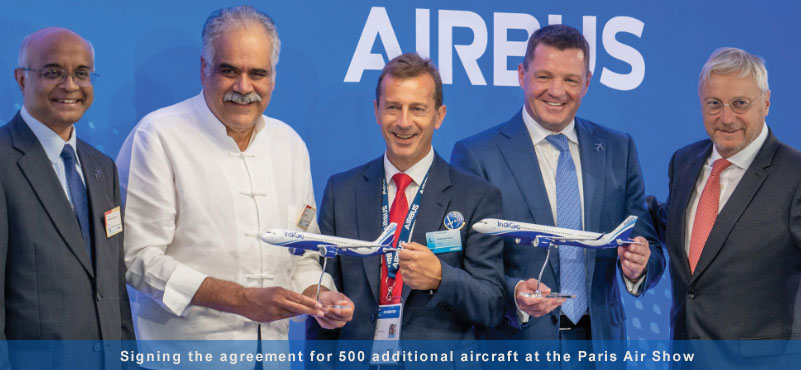CII has recently unveiled a report which suggests a slew of measures to mainstream tourism, further integrating it to the national growth. The report has underlined the need for a concerted plan around cultivating the Chinese market as the biggest potential source of international inbound for India.
Titled ‘CII policy dashboard on tourism’, the report has batted for reinvesting at least 20 per cent of earning from tourism back into the sector to strengthen the infra subsidy structure. It could be achieved by increasing promotional budgets, it has enunciated. The report has pressed for developing international traffic from short-haul destinations to bypass the over-dependence on long-haul destinations.
Exorbitant ticket pricing of Indian monuments and public centres has been highlighted as a concern, as many of the world-famous tourist attractions, across the globe, are priced much lower compared to their Indian counterparts. For insistence, a foreign tourist must shell out as much as INR 1,100 for a ticket to visit the Taj Mahal while a ticket to the Pyramid of Giza costs INR 450 only for an international traveller.

Chairman, CII National Committee on Tourism and Hospitality
Commenting on the report, Dipak Haksar, Chairman, CII National Committee on Tourism and Hospitality said, “the government’s effort to enhance airport, port, railway and highway infrastructure will have (a) far-reaching impact on India’s ranking in tourism.”
Looking at the takeaways of the report, India’s failure in nation’s attracting the Chinese outbound has been one of the most glaring shortfalls in the global outreach. That too at a time when the Chinese are travelling like never before, bringing unheard of business to central European nations, The Americas and others. The report has stated the obvious and tourism stakeholders, private and in government, should take note of the suggestion of “creating specific tourism products” for the Chinese outbound. These tourism products could be supplemented by guides that are well-versed in Mandarin and Cantonese, and cuisines that are suited for the Chinese palate. Such tweaking of the offering could go a long way in attracting the Chinese outbound.
Regarding the pricing factor, it must come as a surprise that our monuments are priced on the higher side, especially when most of them are yet to provide a world-class tourist experience and are bereft of proper visitor facilities, such as restrooms and cafeterias. While there may be other reasons for the lowly head count at Indian tourist sites, high ticket cost is certainly an irritant and should be addressed to meet global norms.
The biggest concern, however, is the over-dependence of the Indian market on the long-haul traffic. The report has rightly suggested focussing on augmenting short-haul inbound traffic – where many opportunities in the eastern and western side of India are yet to be tapped. India needs to diversify beyond the USA, UK and the western Europe in general.
These bottlenecks are not new, and CII’s report has yet again put the spotlight on major lacunae facing the industry. It is time when these are addressed on a war footing.




































